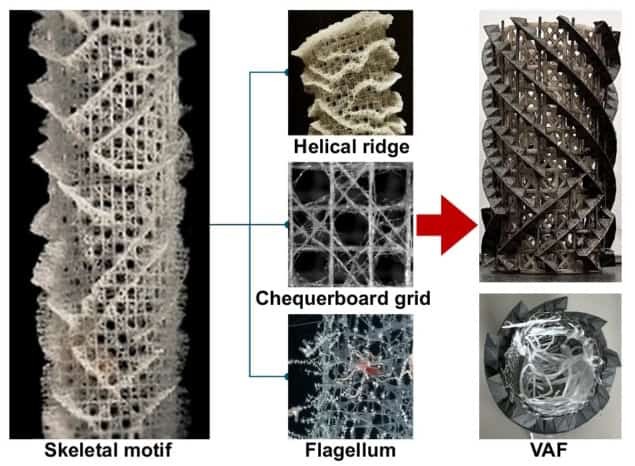
A groundbreaking flash memory technology developed by scientists at Fudan University in Shanghai has set a new world speed record, operating 100,000 times faster than previous solutions. The device, named "PoX," can write data in just 400 picoseconds and perform an astounding 25 billion operations per second.
The research team, led by Professor Zhou Peng from the State Key Laboratory of Integrated Chips and Systems, achieved this breakthrough by reimagining flash memory's fundamental structure. Instead of traditional silicon, they utilized graphene - a two-dimensional material with exceptional electrical properties.
"This is like the device working 1 billion times in the blink of an eye, while a typical USB flash drive can only work 1,000 times," explains Professor Zhou, highlighting the dramatic performance leap.
The key innovation lies in the "super-injection" mechanism, which leverages graphene's unique properties to enable nearly unrestricted charge flow into the storage layer. This eliminates the speed limitations that have constrained non-volatile memory technology for decades.
Unlike conventional volatile memory that loses data when powered off, PoX retains information while consuming minimal energy. This combination of speed, energy efficiency, and data persistence makes it particularly promising for artificial intelligence applications.
As AI models grow increasingly complex, they demand faster data access and processing capabilities. PoX's unprecedented performance could revolutionize AI computing by enabling real-time processing of massive datasets while reducing energy consumption from data movement operations.
This advancement represents a major step forward in memory technology, potentially transforming everything from consumer electronics to large-scale AI systems. The research demonstrates how novel materials like graphene can unlock new possibilities in semiconductor development.